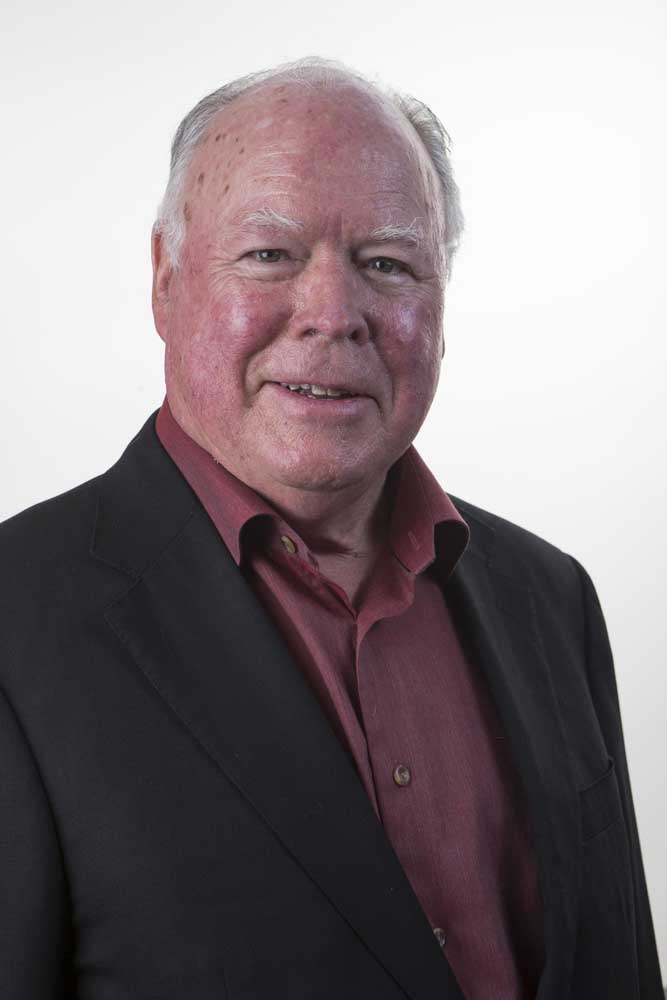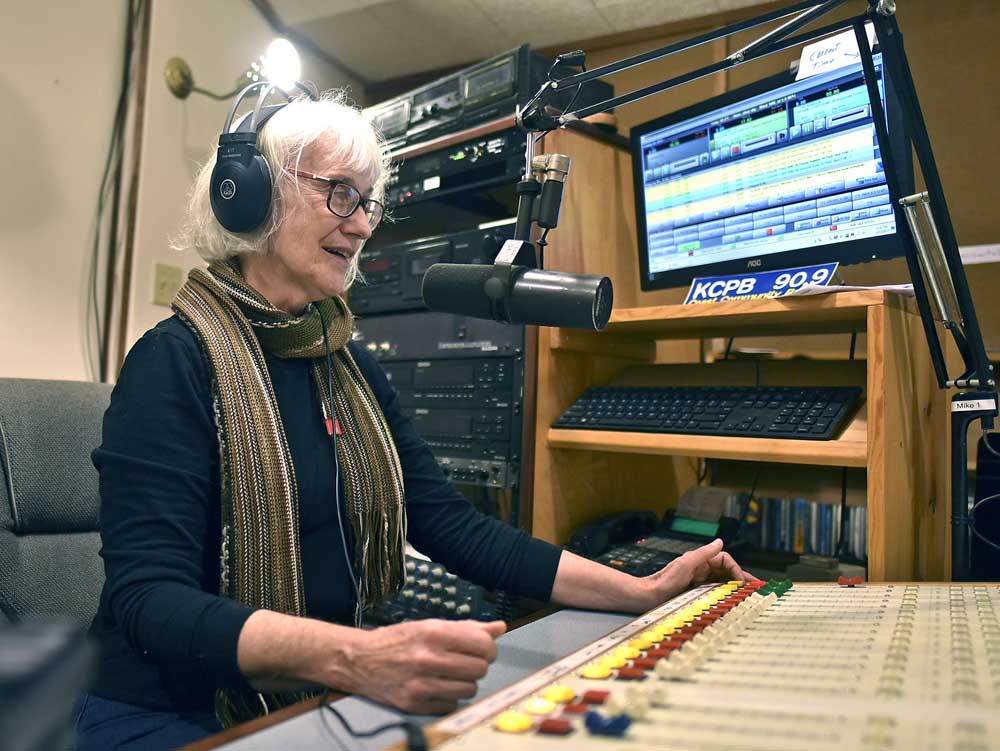Writer’s Notebook: Where is Astoria’s Faulkner?
Published 12:30 am Thursday, January 6, 2022

- Steve Forrester
When you finish a career, you frequently hear a refrain of, “How’s retirement?” Answering that question, I have told many men — mostly younger than I — that there are three steps to retirement.
Trending
I will skip the first two phases. The third is the crucial one. I give it two labels. Colloquially, I call it, “What will I do next.” More precisely, it’s about the need to engage in a new project. A happily retired friend in Salem finished his first project – at the completion of a long fundraising campaign that led to the inauguration of a new amphitheater for that city.
My project has been research into the life of Richard Neuberger – a forgotten figure of the first half of the 20th century. After completing a chapter on Neuberger for “Eminent Oregonians,” which published in October, I have returned to the University of Oregon’s Special Collections on the second floor of the Knight Library. My goal is to write Neuberger’s full biography.
During COVID, Special Collections remodeled its reading room. Its staff also processed some boxes of the Wayne Morse papers, which are vital to understanding Neuberger’s life at the UO, where he was a brilliant editor of the Oregon Daily Emerald, and where he established himself as an iconoclast or, as his detractors called him, a rabble-rouser.
Trending
The university campus Neuberger knew was much smaller than what you see today. He was one of few Jewish students. It was the early 1930s, in the midst of the Great Depression. The university’s residence halls were at one-half and less occupancy. College is always tough for needy students. Those years were especially tough. With the Emerald as his megaphone, Neuberger advocated a plan to reduce the price to live on campus. He even proposed a food plan: “Eating for $1.54 a week.”
In response to all this social agitation, the fraternity crowd proposed a resolution to raise funds to send Neuberger away. Cans were nailed up around campus, beckoning contributions to send “Dickie” to an East Coast school. Turning the tables, Neuberger told his adversaries to give the money to students in need.
In reading the newspaper accounts of this era and scanning the UO yearbooks, I recognized many names of men who would become prominent in mid-century Oregon law, journalism and politics.
One surprise of my recent week of research was making the acquaintance of another denizen of the reading room. Professor Seth Cotlar of Willamette University is researching Walter Huss, a name I recognized from postwar Oregon. Huss was the precursor of the right-wing politics we know so well. He was a disciple of the John Birch Society, which accused President Dwight Eisenhower of being a traitor. Huss had a small printing press in his basement, which he used to publish polemics that circulated among newspaper editors and his faithful. My father, as editor of the East Oregonian, received Huss’s letters regularly.
There is no textbook for writing a biography, but some biographers have written useful reflections. The most recent is by Robert Caro, biographer of President Lyndon Johnson, who admonished researchers to “turn every page.” On the literary side, James Atlas wrote “The Shadow in the Garden: A Biographer’s Tale,” describing his pursuit of a living subject – the novelist Saul Bellow. Atlas noted the value of novelistic touches in telling someone’s life story.
Another biographer with whom I periodically visit is John Goodenberger, who is gathering material for a book on the “First Family of Astoria” – as Calvin Trillin called them in a 1993 article in The New Yorker — the Flavels. The bulk of correspondence that Goodenberger consults is handwritten. That presents a particular challenge.
In addition to the value of library time, there is another essential element in gathering material for a biography. That is time spent reflecting on what lies beneath the chronology of a man or woman’s life events. What were their emotions and their growth, summoned by their heartbreaks and triumphs?
As Goodenberger’s research demonstrates, there is a mother lode of material waiting in the archive of the Clatsop County Historical Society inside the Heritage Museum. I’ve long suggested that Astoria awaits its Faulkner, who will recognize the multigenerational sagas that happened on our city streets. Karl Marlantes has given us a component of that with his historical novel “Deep River.” Goodenberger in time will add considerable depth and detail to the fabric of Astoria’s history.
As the Portland historian Chet Orloff has said, “There is history on every street in Astoria, if you know what you are looking at.”









